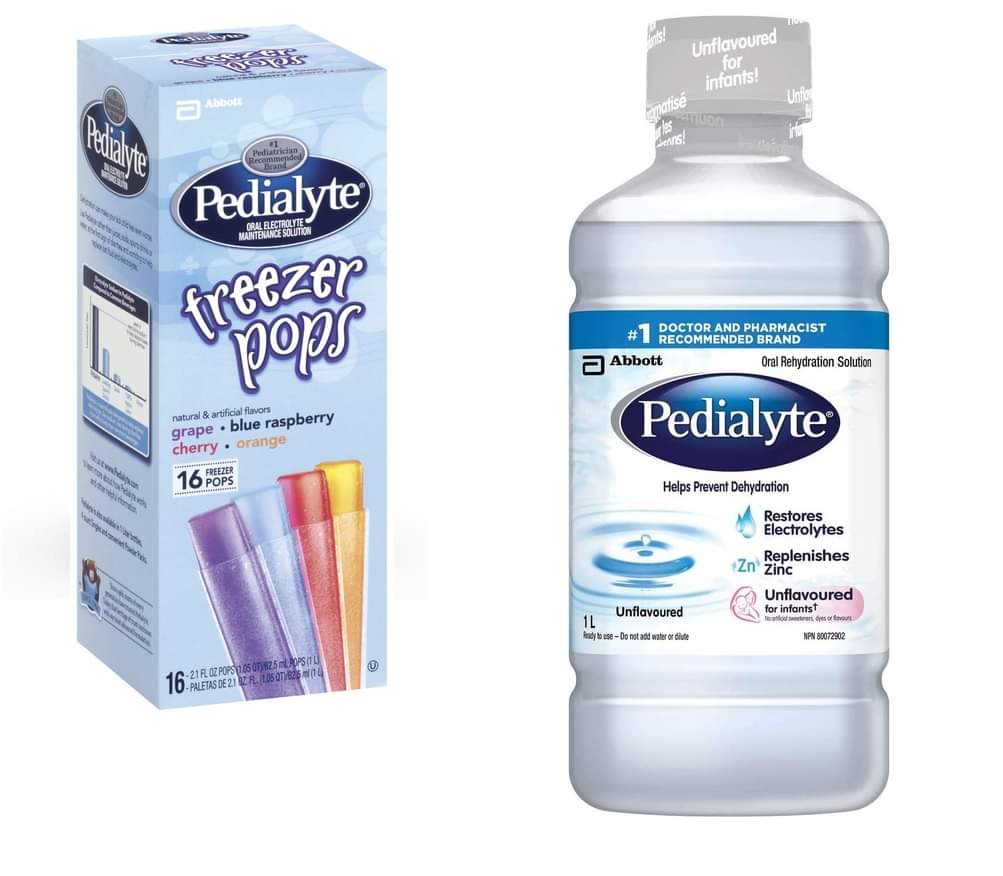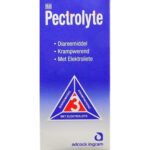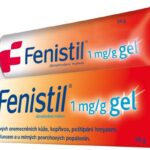How To Use Pedialyte For Throwing Up

What is vomiting?
Vomiting is the forceful emptying (“throwing up”) of a large portion of the stomach’s contents through the mouth. Strong stomach contractions against a closed stomach outlet result in vomiting. In contrast, reflux is the effortless spitting up of one or two mouthfuls of stomach contents (which you may often see babies less than 1-year-old do).
Most vomiting is caused by a viral infection of the lining of the stomach or if your child eats something that disagrees with him. Usually, a child whose vomiting is caused by a virus also has diarrhea. If your child has vomiting without diarrhea and it lasts more than 24 hours, your child may have something more serious. How long does it last? The vomiting usually stops in 6 to 24 hours. Changes in the diet can prevent excessive vomiting and dehydration. If your child also has diarrhea, it will usually continue for several days.
What is Pedialyte?
Pedialyte is an oral rehydration solution (ORS) used to help prevent or reverse dehydration in children. It contains water, sugar, and minerals, making it more effective than water at replacing fluids lost due to illness or excessive sweating.
Pedialyte is widely available and can be purchased without a prescription. As a result, many parents rely on the beverage to keep their babies and children hydrated throughout bouts of vomiting, diarrhea, or other illnesses.
However, giving Pedialyte to infants and young children may carry some risk. Healthy newborns and infants are generally able to drink sufficient amounts of breastmilk or formula to remain hydrated. Once weaned, toddlers and preschoolers stay hydrated by drinking a variety of fluids like water, milk, juice, smoothies, and soups.
However, when ill, children can refuse to drink, which increases their risk of dehydration. What’s more, illness accompanied by vomiting or diarrhea can cause your child to lose more fluids than usual, further worsening the problem.
Through sweat, vomiting, or diarrhea, children lose not only water but also electrolytes — minerals like sodium, potassium, and chloride — which are essential for maintaining the body’s fluid balance. When treating dehydration, it’s important to replenish both.
Pedialyte also contains a specific concentration of sugar that has been shown to increase the absorption of fluid and electrolytes in the gut.

What form(s) does this medication come in?
Liquid
Unflavored
Active ingredients (mg/100 mL): 2500 mg of dextrose, 205 mg of sodium chloride, 204 mg of potassium citrate, and 86 mg of sodium citrate. Nonmedicinal ingredients: water and citric acid.
Fruit-flavored
Active ingredients (mg/100 mL): 2500 mg of dextrose, 205 mg of sodium chloride, 204 mg of potassium citrate, and 86 mg of sodium citrate. Nonmedicinal ingredients: water, citric acid, artificial fruit flavor, sucralose, acesulfame potassium, and FD&C Yellow No. 6.
Grape-flavored
Active ingredients (mg/100 mL): 2500 mg of dextrose, 205 mg of sodium chloride, 204 mg of potassium citrate, and 86 mg of sodium citrate. Nonmedicinal ingredients: water, citric acid, artificial grape flavour, sucralose, acesulfame potassium, FD&C Red No. 40, and FD&C Blue No. 1.
Freezer pops
Each freezer pop contains water, dextrose, citric acid, sodium chloride, sodium carboxymethylcellulose, potassium citrate, potassium sorbate, sodium benzoate, sucralose, and acesulfame potassium. Nonmedicinal ingredients: grape: natural and artificial grape flavour, FD&C Red No. 40, and FD&C Blue No. 1.
Cherry: natural and artificial cherry flavor and FD&C Red No. 40.
Orange: natural and artificial orange flavor, FD&C Yellow No. 6, and FD&C Red No. 40.
Blue raspberry: natural and artificial blue raspberry flavor and FD&C Blue No. 1.
How To Use Pedialyte For Throwing Up
The amount of solution you should take depends on your weight. Toddlers, children, and adults should generally take 100 mL to 150 mL per kilogram of body weight (45 mL to 70 mL per pound) each day. Follow the directions provided with the product you are using. If you are also vomiting, start with small amounts of solution and increase this amount when vomiting subsides.
Speak to your doctor or pharmacist about doses for your infant. If you are breastfeeding your infant, continue to do so while you are giving your infant an oral rehydration solution. Discontinue feeding for 24 hours if your infant is fed cow’s milk or milk formula.
Many things can affect the dose of medication that a person needs, such as body weight, other medical conditions, and other medications. If your doctor or pharmacist has recommended a dose different from the ones above, do not change the way that you are taking the medication without consulting your doctor.
Store this medication at room temperature and keep it out of the reach of children. If you make a solution from a powder, any solution that is left one hour after making it should be discarded. The solution made from powder can be stored in the refrigerator after mixing for up to 24 hours. When products bought in solution form are opened, they can be stored in the refrigerator for up to 48 hours. For freezer pops, discard any unused solution.
This medication is available under multiple brand names and/or in several different forms. Any specific brand name of this medication may not be available in all of the forms listed here. The forms available for the specific brand you have searched are listed under “What form(s) does this medication come in?”
Do not dispose of medications in wastewater (e.g. down the sink or in the toilet) or in household garbage. Ask your pharmacist how to dispose of medications that are no longer needed or have expired.
When can you give Pedialyte after vomiting?
After vomiting, give 1-2 teaspoons of Pedialyte every 10-15 minutes. After 4 hours of no vomiting, increase the offered amount to ½ to 1 ounce every 30 minutes.
What are the side effects of Pedialyte?
common side effects
- diarrhea.
- gas.
- intense abdominal pain.
- nausea.
- vomiting.
Mixing the medication with water or juice, taking it after meals, and drinking more fluids will help prevent these side effects. If any of these effects persist or worsen, tell your doctor or pharmacist promptly.





